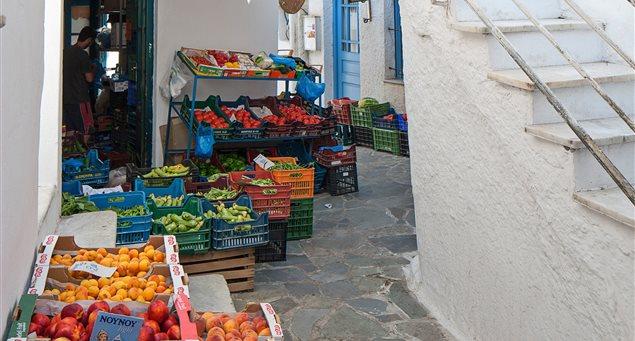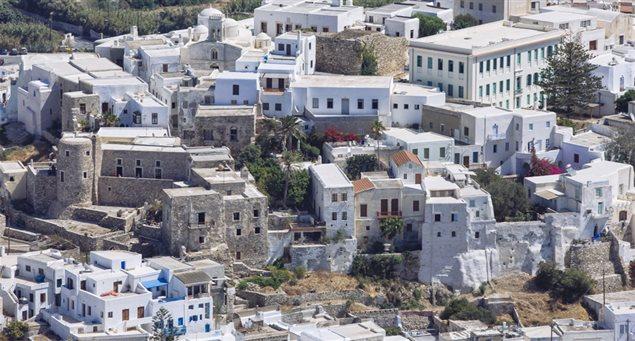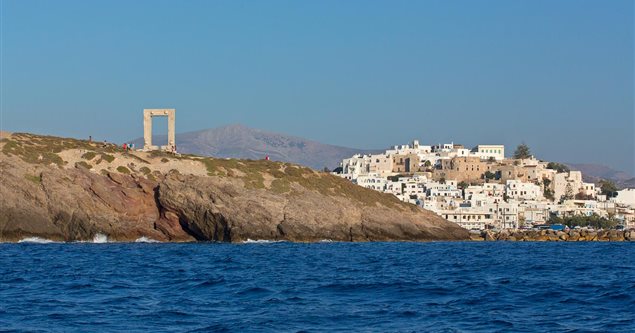
Bourgos (derived from the Italian word borgo, meaning fortified settlement) was the bourgeois district of Naxos in the Middle Ages and after.
When Chora became the island’s capital following the establishment of Venetian rule in the 13th century, the Lower, or Inner Kastro became the ruler’s residential palace.
North and northeast of Kastro, the cidatel, emerged a quarter inhabited by the bourgeois class of Latin conquerors and Greeks who were not preoccupied in the farming sector. This was Bourgos.
The quarter was marked out by three gates: Porta tou Gialou, which bore the Crispi family’s coat of arms; Exobourgo, where the Church of Prophitis Ilias stands; and Pyli tis Evriakis, the entry to the Jewish quarter.
Initially, Bourgos did not border on the sea and it remains unknown when it acquired its final layout.
A stroll around Bourgos’s narrow, covered alleyways offers the enchanting experience of a virtual labyrinth, with unanticipated dead ends and fascinating architectural details.
The houses at Bourgos combine to form an intricate residential area that served as a wall protecting the settlement from invading forces from the sea. This wall was Kastro’s first line of defense.
Over time, the settlement grew in accordance with the Byzantine town planning model, with churches, built from the early-to-mid 16th century, serving as focal points.
Bourgos’s platsa, or marketplace – the location of Panagia tou Christou church – was considered to be its center, while numerous shops, workshops, and warehouses were located at Porta tou Gialou.



